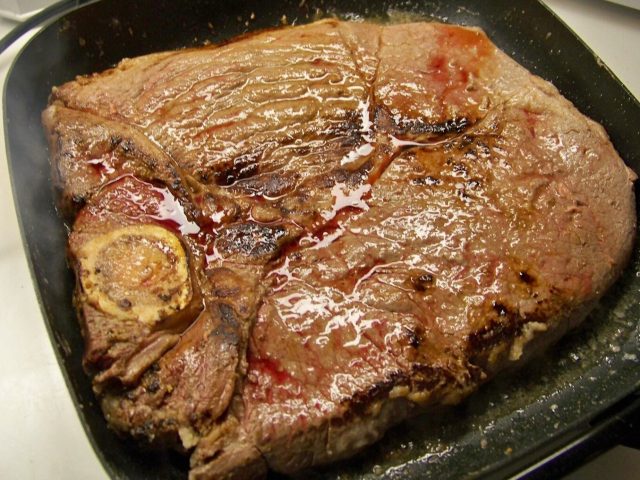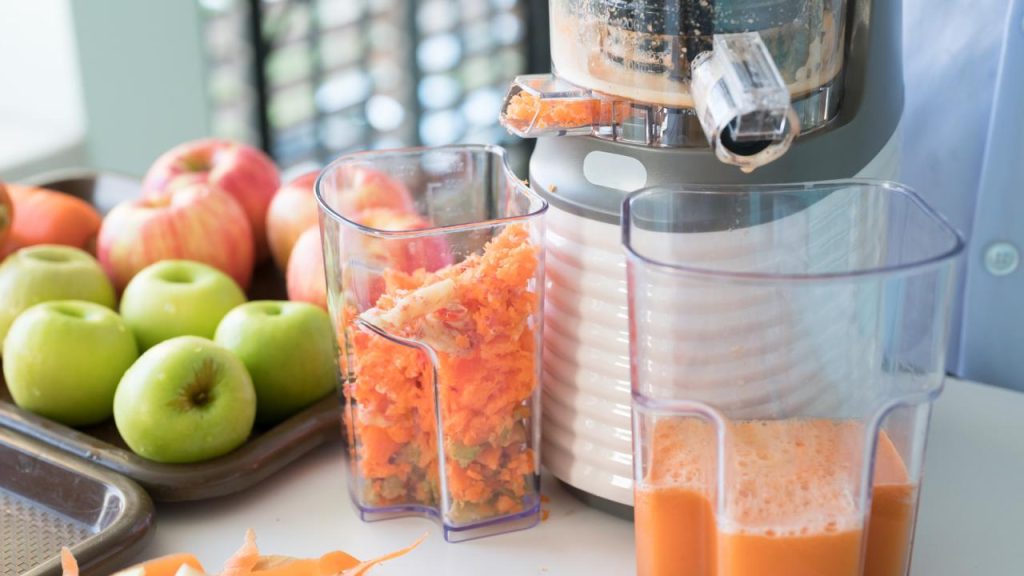Non-stick pans, commonly found in kitchens globally, have faced scrutiny regarding potential health risks. These pans, typically featuring coatings like Teflon, are praised for their convenience and effectiveness.
Nevertheless, recent studies indicate that the chemicals involved in their manufacturing could present notable health concerns. Thus, the question arises: Do non-stick pans have toxic elements? Cook Eat Delicious explores this topic in the following article to shed light on the matter.

Infomation about non-stick pans
What constitutes a non-stick pan?
A non-stick pan is a cooking utensil specifically crafted to prevent food adherence to its surface during the cooking process. Typically, these pans boast a coating that imparts a smooth, slippery texture, facilitating cooking with minimal oil or fat and streamlining the cleanup process.
The coating on non-stick pans is often composed of materials such as polytetrafluoroethylene (PTFE), commonly recognized as Teflon, or ceramic.
Guidelines for Selecting Non-Stick Pans
Material
Teflon (PTFE): Widely used as a non-stick coating, Teflon is effective, though concerns exist regarding its safety at high temperatures. If opting for Teflon, it is crucial to avoid overheating the pan.
Ceramic: Ceramic coatings are considered a safer alternative to Teflon, being free from PTFE and PFOA, making them environmentally friendly. Ceramic pans are also esteemed for their durability.
Heat Resistance: Consider the maximum heat resistance of the non-stick pan. Teflon-coated pans, for instance, should not be exposed to extremely high temperatures to prevent the release of harmful fumes.

Compatibility: If utilizing an induction cooktop, verify that the non-stick pan is compatible with induction heating.
Size and Shape: Opt for a pan size and shape that aligns with your cooking style and the typical number of people you cook for. Common sizes include 8-inch, 10-inch, and 12-inch pans.
Handle: Check the handle design and material. Ensuring comfortable, heat-resistant handles is crucial for safe and convenient cooking.
Brand and Reviews: Consider reputable brands backed by positive reviews. Customer feedback can offer insights into the performance and durability of a specific non-stick pan.
Maintenance Review: the care instructions for the non-stick pan. While some pans are dishwasher safe, others may require handwashing. Adhering to the manufacturer’s guidelines will help preserve the pan’s performance.
Warranty: Seek pans that come with a warranty, indicating the manufacturer’s confidence in the product’s quality.
By taking these factors into account, you can select a non-stick pan that aligns with your cooking preferences, safety considerations, and overall kitchen requirements.
Are non-stick pans hazardous to health?
Non-stick pans derive their anti-adhesive properties from a group of chemicals known as perfluoroalkyl and polyfluoroalkyl substances, or PFAS. These “forever chemicals” have been associated with various health issues.
Studies have linked PFAS exposure to liver damage, compromised immunity in children, certain types of cancer, and elevated cholesterol levels.
When subjected to high temperatures, the coatings on non-stick pans can degrade, releasing harmful fumes into the air. This occurrence, known as polymer fume fever, can induce temporary flu-like symptoms.
Furthermore, the long-term implications of these chemicals accumulating in the human body are not yet fully comprehended, raising concerns about the safety of prolonged use of non-stick cookware.
The Risks of Overheating Non-Stick Cookware
The risks associated with non-stick pans become more evident when exposed to high temperatures. At temperatures surpassing 570°F (300°C), Teflon coatings have the potential to deteriorate, emitting harmful fumes.
Research conducted by Cooks Illustrated revealed that non-stick pans could reach temperatures exceeding 500 degrees within just three to five minutes of being exposed to high heat, even when food was present in the pan. This discovery contradicts manufacturers’ assertions that the “correct usage” of their cookware carries no risk of contamination.

The Impact of Non-Stick Pans
Reproductive Health Ramifications
The use of chemicals in non-stick pans has been associated with adverse effects on reproductive health. A study disclosed in Human Reproduction revealed that women with heightened levels of PFOA, a chemical present in Teflon, encountered increased difficulties in conceiving and were twice as likely to receive a diagnosis of infertility.
This concerning revelation underscores the potential reproductive hazards linked to exposure to the chemicals found in non-stick cookware.
Environmental Consequences
Beyond the potential health hazards, the creation and disposal of non-stick pans raise significant environmental apprehensions.
The production process of these pans involves the release of PFAS into the environment, persistent pollutants that exhibit slow degradation. These chemicals can contaminate water sources and pose a threat to wildlife.
Moreover, non-stick pans have a comparatively shorter lifespan compared to other cookware types, contributing to increased waste in landfills. Consequently, the utilization of non-stick pans contributes to environmental pollution and the depletion of natural resources.
Safe Alternatives to Non-Stick Pans
Despite the potential hazards linked to non-stick pans, there are secure alternatives accessible. Cast iron, stainless steel, and ceramic pans stand as viable options that do not rely on the use of harmful PFAS.
Certain brands, such as GreenPan, have developed non-stick coatings devoid of PFAS, providing consumers with a safer option for non-stick cookware.
In summary, while non-stick pans offer convenience and user-friendliness, the potential health risks associated with them should not be overlooked. It is imperative for consumers to be cognizant of these risks and consider safer alternatives when selecting their cookware.







